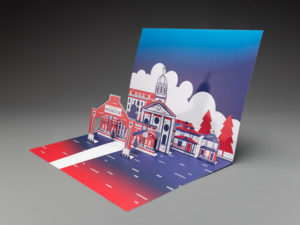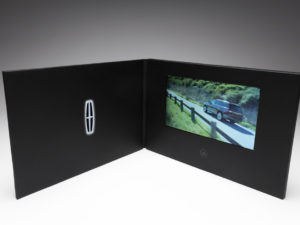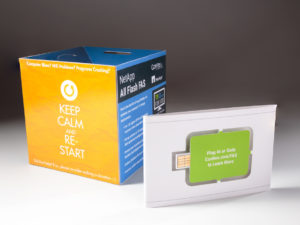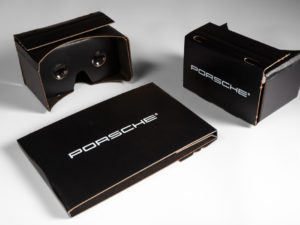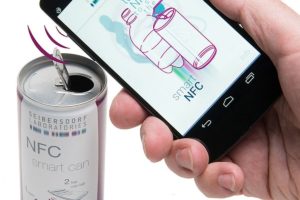
So, what exactly is NFC?
NFC stands for Near Field Communication, a short range wireless RFID (Radio Frequency Identification) communication technology which allows two devices to communicate and share information with one another once they are within a certain range. What’s especially cool about NFC technology is that there’s no need to download or launch an application to use it – bringing the NFC-equipped devices near one another automatically triggers the action.
But isn’t that a QR code?
The short answer? Not exactly.
Though QR codes and NFC can both be used to transfer data and link content wirelessly, there are some key factors that differentiate one from the other. Here’s an infographic from www.unitag.io which illustrates how you can tell them apart.
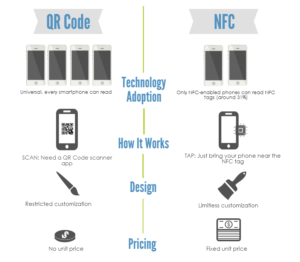
Then how does this apply to my marketing?
To unleash the full potential of what NFC technology has to offer, we’ve compiled a few simple ideas and benefits to using it in your future marketing campaigns.
- It works everywhere. That bus station in the middle of nowhere? NFC works there. How about that national park with spotty cell service? Yup, there, too. What’s truly remarkable about NFC technology is that it’s usable in environments where Bluetooth or service is of limited use.
- It allows you to tell a bigger story. Does your business’ product or service have more to it than can fit on an ad or shelf-talker? NFC might just be for you. A simple NFC tag embedded in a shelf-talker, POS display or packaging can deliver additional information – such as free recipes, loyalty discounts, video demonstrations or educational material – that can provide more context for customers and motivate them to act.
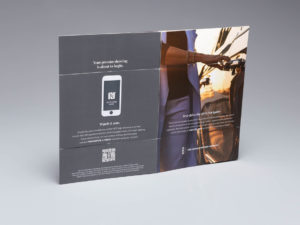
- It takes the online offline (and vice versa). Roughly three quarters of Americans currently own smartphones, according to a 2017 study by the Pew Research Center. They don’t predict this will be slowing down anytime soon. As a marketer, it’s becoming increasingly important to build more integrated customer experiences that can bridge the virtual and physical worlds in a way that fits buyers’ lifestyles and captures their attention.
- It helps create tailored offerings for customers. As marketers, we all know that the most valuable currency we have is data. The more we know about the preferences, geography, income and purchasing habits of each target customer, the better we can reach them at the right time in the right place with the right offer. With NFC, a direct connection is initiated between individuals and marketers. As a result, we’re able to learn more about them and develop tailored offerings they value.
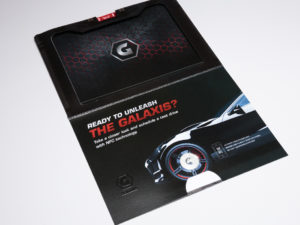
- It hands the power over to consumers, but not entirely. It’s been said that the average American sees or hears more than 4,000 ads per day. In a world where each one of us is bombarded with unsolicited advertising, NFC technology gives users greater control over their interactions.
Interested to learn more about NFC? Visit our Print and NFC page on the Structural Graphics website to see examples of NFC campaigns our clients have created.
Contact us for more information on the technology, how we’ve implemented it and what we can do using NFC to help your business. The possibilities are endless.
